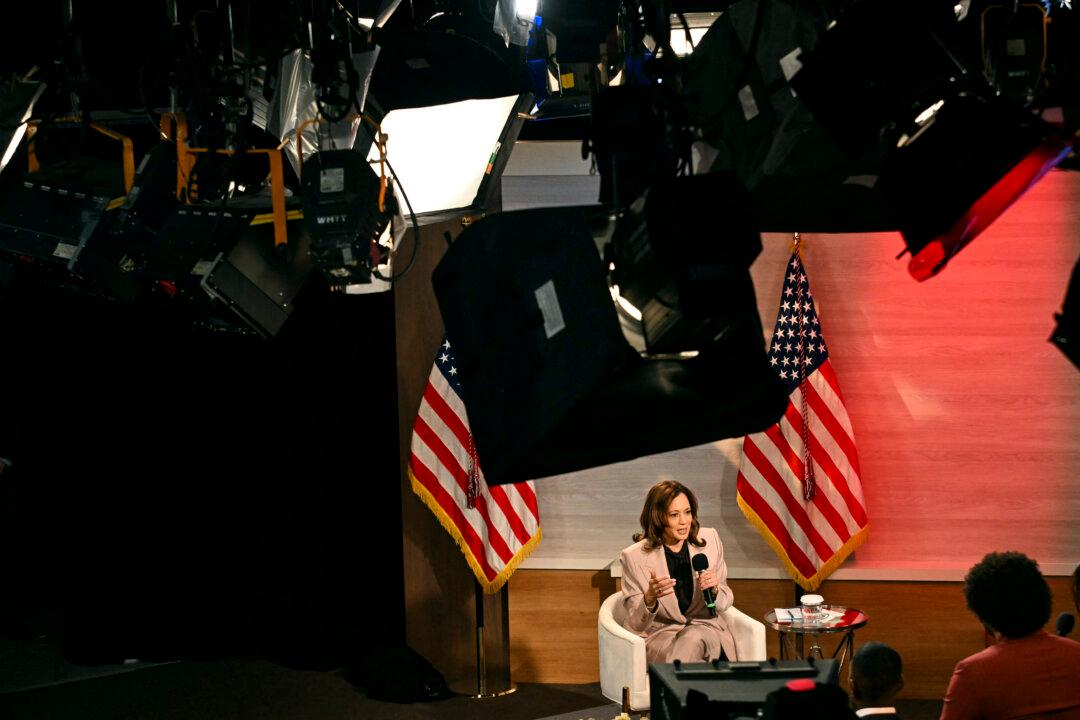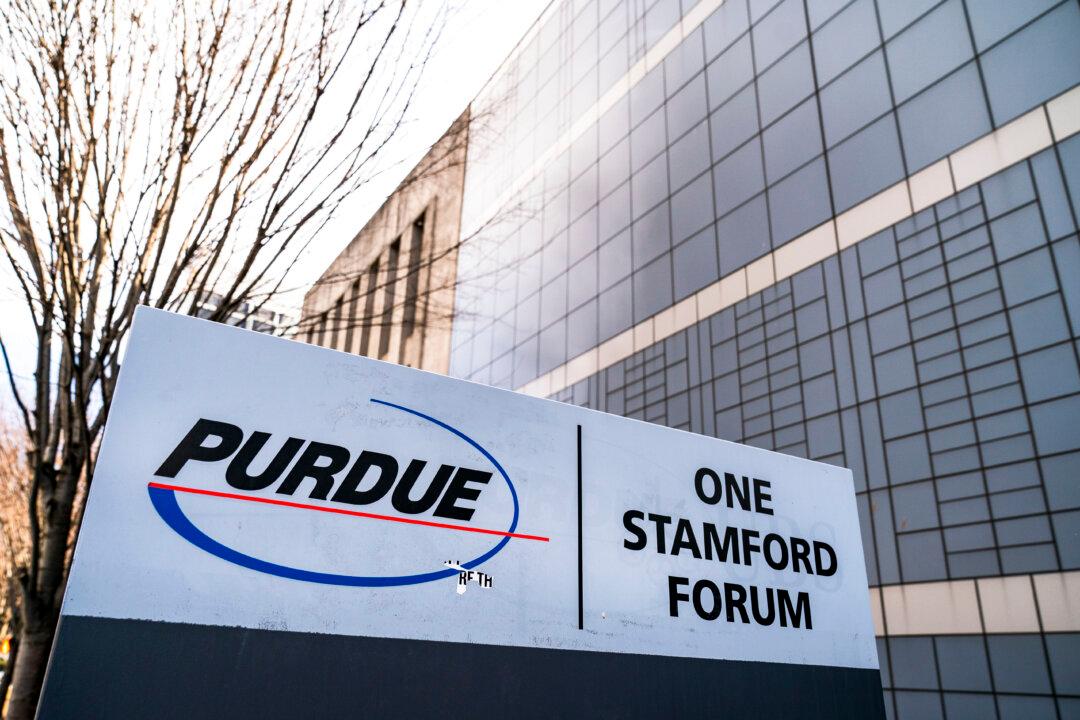Vice President Kamala Harris, the Democratic Party’s presidential nominee, said that if elected, she would push for a cap on working families’ child care costs at 7 percent of their income.
“It is sadly the state of affairs in our country that working people often have to decide to either be able to work or be able to afford child care,” Harris told Tonya Mosley, a moderator at a National Association of Black Journalists event on Sept. 17.





